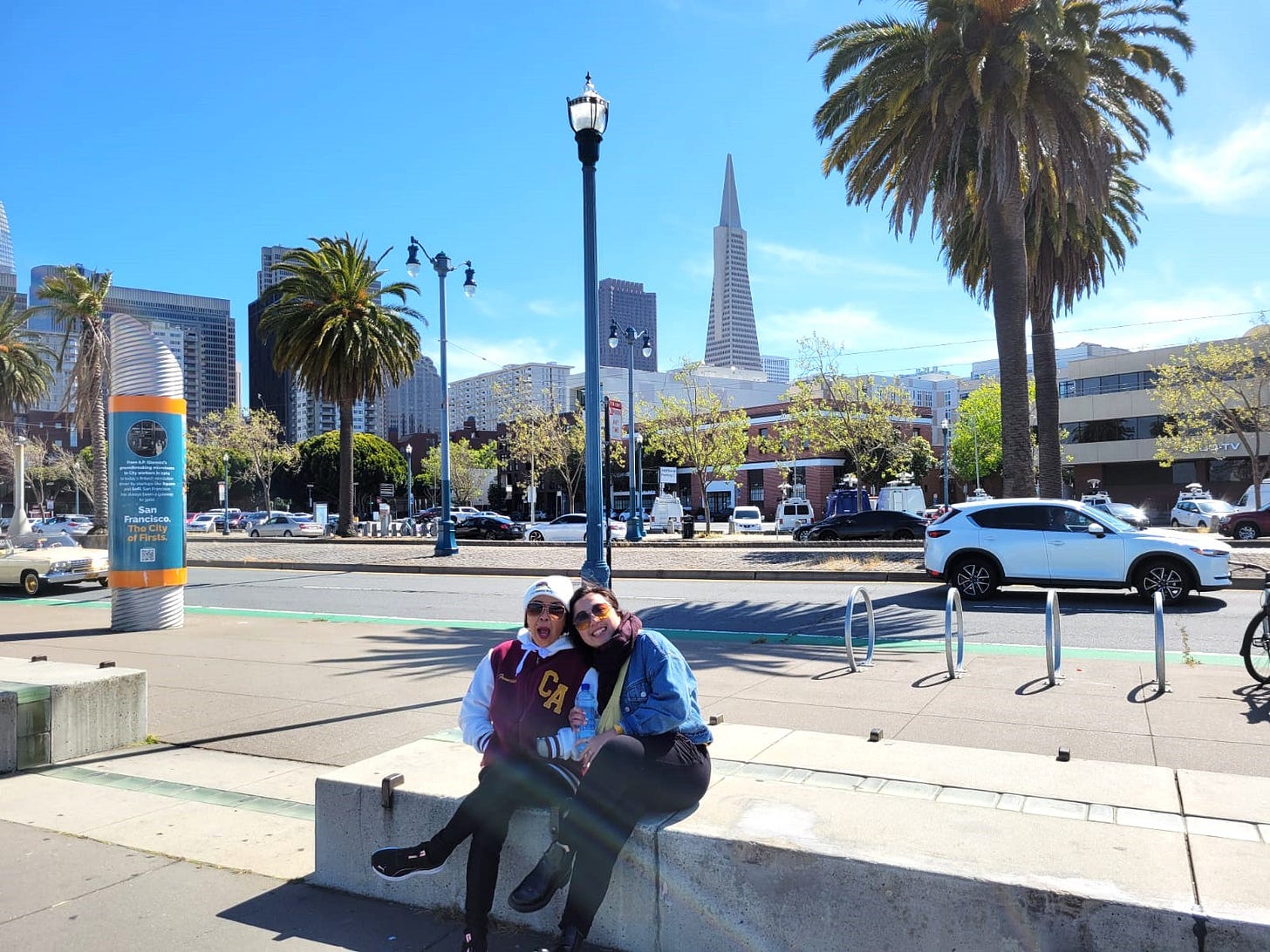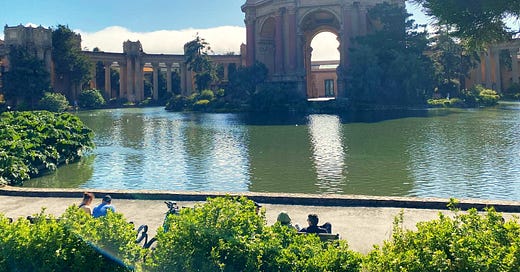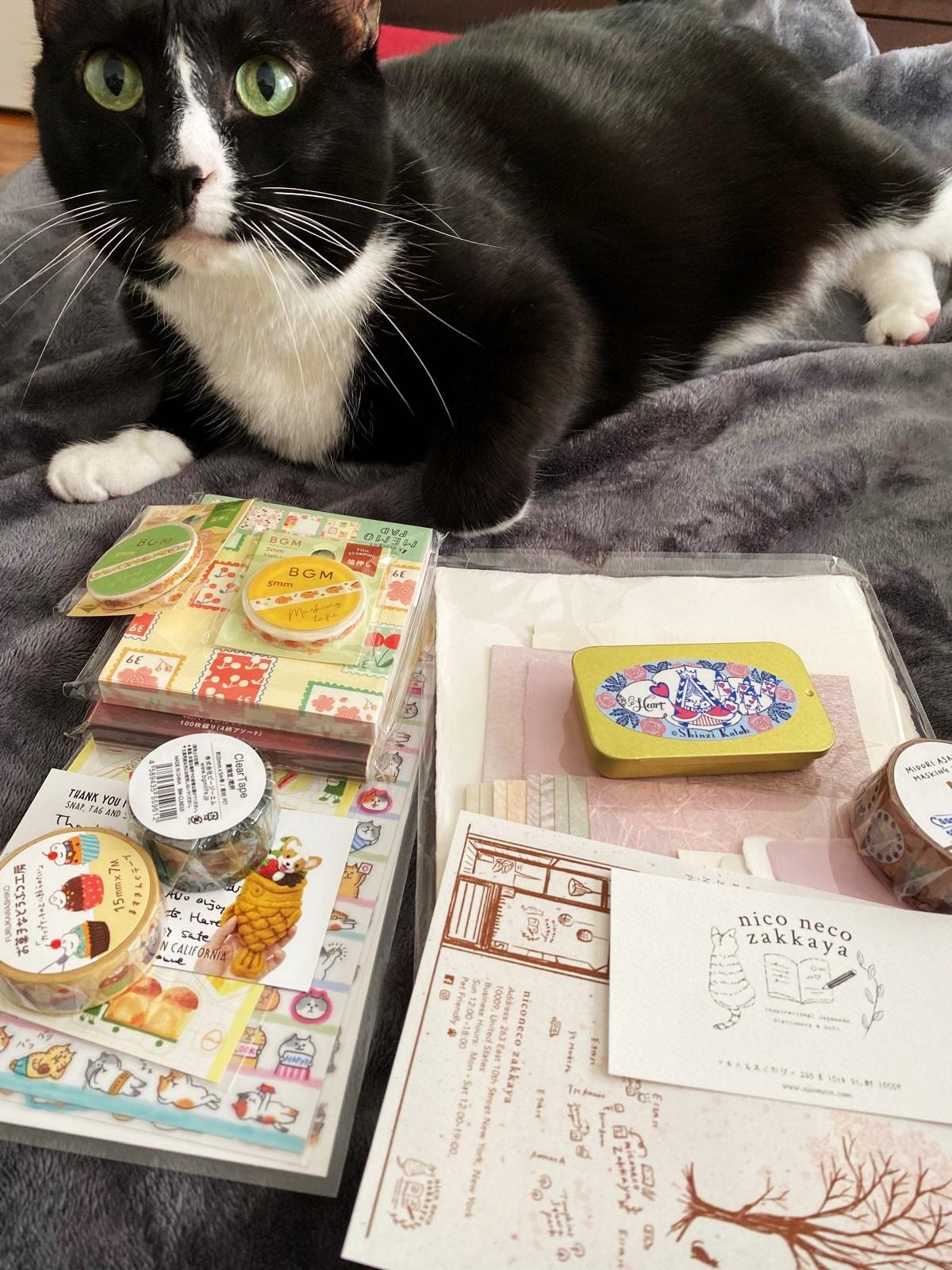LIFE: Hostile public spaces
Like most people who call New York home, I take pride in the fact that we are a very metropolitan city, yet we still have breathable pockets here and there—sites of reprieve in the midst of the city’s chaos that everyone can enjoy for free. Even in the concentrated concrete mecca of Manhattan, where everywhere you turn a skyscraper is towering over you, there are deliberate public spaces like Bryant Park (my favorite) or smaller sites that may not be green but have been converted as impromptu gathering spots for people to relax, like the patches of random tables and chairs placed along Broadway.
These endeavors to carve out spaces for people to commune were always what I thought made New York City slightly more special than my hometown of Jakarta, a similar metropolis with the same chaotic vibes and hordes of people, but which still lacked public spaces to lounge together comfortably outside, free of charge (Last year, I finally made it back home to Jakarta after eight years and more public spaces had noticeably popped up around the city, which is fantastic).
But as NYC continues to stretch and sprawl—because, of course, the city is still growing and growing—I’ve noticed something weird. The more I looked around the streets, the more I saw details about the city that seemed done purposefully to alienate rather than invite people to hang around. I can’t speak on how this change compares in Brooklyn or the Bronx as I rarely venture around those boroughs, but the change in design is especially visible in Manhattan, more so than in Queens where I live (yeah, yeah, Staten Island exists but let’s not think about it).
🌊🌊🌊
This change in public design became more noticeable after my recent family trip to San Francisco. I had never been to San Francisco before. All I knew about the Golden City was that it boasts the iconic Golden Gate Bridge and that it has very hilly streets over which an old trolley system for people to ride was still active (thanks to The Princess Diaries movie for educating me on this fact).
Another thing I knew about San Francisco from my work writing about social justice issues was that the city also has a huge housing crisis which, unfortunately, has led to more and more people experiencing homelessness. I knew this before we arrived in town, so it didn’t surprise me to see a lot of unhoused folks while walking near the Tenderloin district. But what did surprise me was the fact that, despite the city’s issue with a growing homeless population, it didn’t seem like it was hellbent on making the environment totally hostile for people to just be, as I’ve felt NYC has started to do.
From the moment we landed at the San Francisco airport, I was surprised to see the amount of lounging spaces that were scattered around. It seemed like the designers decided to fill any empty nook with chaises and lounge chairs which is, of course, great for weary travelers who need a spot to rest. I saw multiple people sprawled out on these sofas along the disembarkment corridor our family passed through, and nobody seemed to mind that they were there (there was also a yoga room, but that’s an entirely different conversation). By comparison, you’d be hard-pressed to find similar lounging spots available at JFK and LaGuardia, despite both being among the busiest airports in the country. Wouldn’t millions of travelers daily constitute a need for comfortable spots to linger about? I guess not, according to whoever is in charge of designing NYC’s airports (Who is it? Because I just wanna talk).
My awe at San Francisco continued as we walked along the pier area. I noticed so many spots where benches and other public seating were available along the piers and the Embarcadero. It’s very different to NYC from a public design POV as the latter has adopted a growing reluctance to provide more public-friendly spaces for people to just hang out, which when you dig deeper actually stems from an intolerance of homeless people. The thinking is that if there are too many open spots for the public to linger, those spots will eventually be occupied by homeless people which will ruin the city’s aesthetics so it’s better to forego these public-friendly spots altogether. San Francisco’s hostile architecture by comparison doesn’t seem as pervasive as it is in New York, even though San Francisco is also dealing with a growing homeless population.

I don’t remember how or where I first learned about the concept of hostile architecture. But if you’re not familiar with this term, hostile architecture is essentially public designs made to discourage people—particularly homeless folks and other “vagrants”—from lingering in a space. This can take many forms, from simply not adding seating where lots of people congregate to intentionally putting spikes on a smooth surface where people might feel compelled to sit their butt down. And I’m not imagining any of this hostile architecture in NYC: advocates and urban designers have been making noise about the city’s increasingly hostile environment, or what amNewYork more aptly described as “anti-homeless architecture.” As one social worker put it:
“New York City is now a place where homeless people are punished for being homeless—for surviving in public places—everyday. Successive mayoral administrations have sought to sweep homelessness out of sight. But less discussed are the myriad ways architects and planners have made sitting or lying in public space virtually impossible, just to prevent the visible presence of homeless people. We have seen benches removed from subways and public spaces, spiked borders added to flat surfaces, benches intentionally designed to make lying down all but impossible. The list goes on. It’s the mark of a cruel and utterly inhumane response toward those without homes.”
While I’m sure NYC isn’t the only big city doing this—and maybe it’s much worse in San Francisco than I think it is but it’s just not as obvious to me as a tourist—in NYC it’s very noticeable that the city’s public spaces are becoming increasingly unfriendly toward, well, the public.
It’s gotten to a point where there is a lack of common sense design to accommodate the public even in spaces where there should be accommodation, such as train stations and airports. The fact that NYC’s glossy new $1.6 billion Moynihan Train Hall has no goddamn benches or seating inside its enormous hall, for example, is not only problematic it’s downright embarrassing. How are we going to claim we’re the world’s greatest city if people can’t even sit down to wait for their train? Like, be serious.
NYC is what it is because of its people. Building those kinds of spaces beyond the bougie cafes and coffee shops where people can commune for free, however long they like is important to keeping the city’s essence intact. I think these public hubs are where NYC, especially in a heavily commercialized borough like Manhattan, comes alive the most.
CULTURE: Coffee Talk
One of my favorite pastimes is playing video games. As a kid, I used to play story-heavy games with cute main characters, like Spyro the Dragon, and Disney-adapted games like Hercules. As an adult, my taste in video games hasn’t changed all that much as I still go for video games fueled by delightful-looking characters, a good backstory, and what gaming nerds like to dub “cozy” gameplay—a genre of video games that require some level of skills but aren’t too hard that it’s tiresome or inaccessible to casual gamers. Cozy games are usually low stakes enough that I don’t feel my cortisol levels spiking every time I play them. Plus, they come with cute characters to play or interact with.
As we near the end of #AAPIHeritageMonth, I thought it would be fun to talk about one of my favorite cozy games by an Indonesian indie game developer that I’ve enjoyed called Coffee Talk. Produced by gaming studio Toge Productions, Coffee Talk is narrative-driven, taking place in a world where humans coexist with magical creatures like elves and werewolves. You play a mysterious coffee shop owner whose main job is to whip up coffee (and tea!) orders for the fantastical patrons who walk into your cafe. The challenge is unlocking all the different brews in your repertoire by mixing a selection of ingredients in different ways while tending to the needs of your patrons beyond offering them a cuppa. It’s a creative take on your classic “make an order” type game—think Diner Dash minus the countdown anxiety—with mythical creatures added into the mix.
I’m proud to say this Indonesia-made video game blew up when it first came out in the early years of the pandemic. But I honestly didn’t understand its appeal until I played the game with my husband—a lifelong gamer—and we both really enjoyed it. The game mechanics are easy and the characters and story arcs are fun to follow, not to mention it comes with a soothing instrumental soundtrack to really round out the cafe vibes. The game also lets you make latte art but I never got the hang of that part because the mechanics are a bit difficult to control to make anything that could be considered “art.” Overall, it’s a pleasing game that’s best played when you just feel like unwinding, maybe while sipping your own warm cup on the side. The game’s popularity also spawned a sequel: Coffee Talk Episode 2: Hibiscus & Butterfly, which we haven’t played yet but it’s in the gaming queue!
What I’m enjoying at the moment 🌊
Spending my hard-earned money on my silly little journaling materials.
I justify this by rationalizing that journaling is necessary for my creative process and my mental health. What’s something you’ve been indulging in lately?







